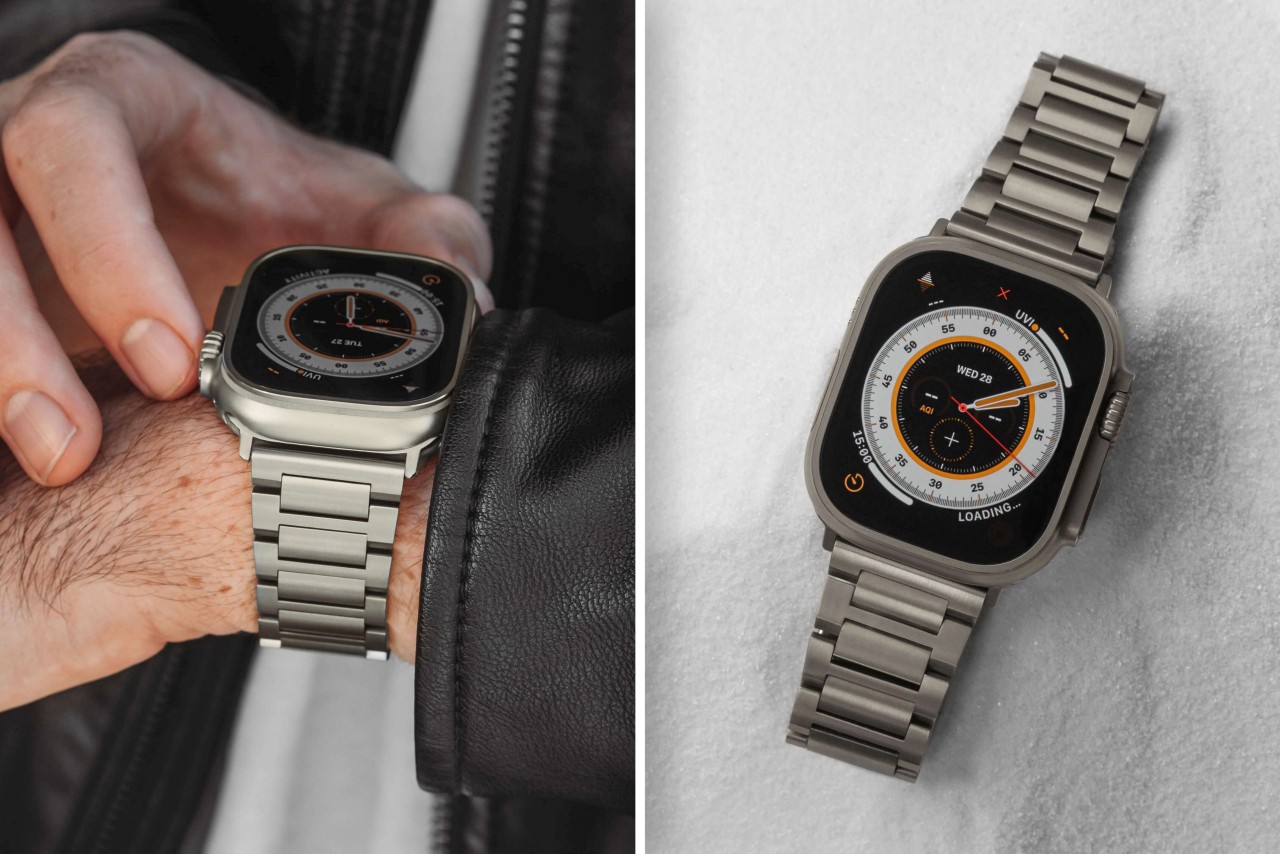#The OnePlus 9 Pro takes S-tier photos, and I may just drop the Pixel for it
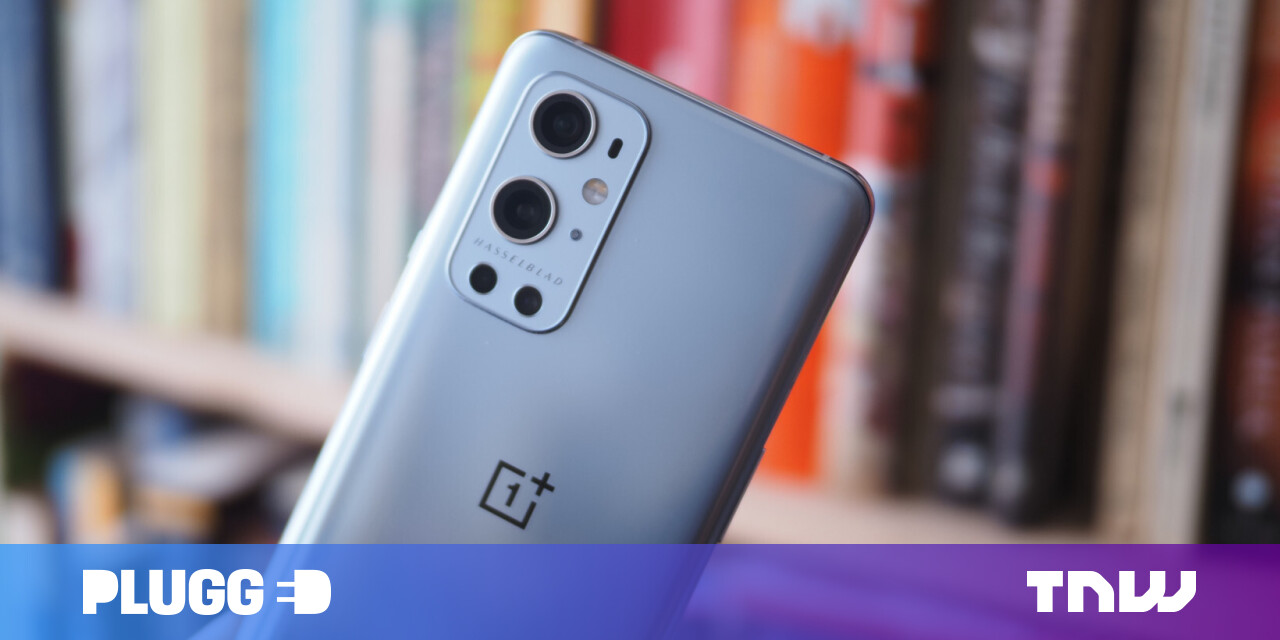
“#The OnePlus 9 Pro takes S-tier photos, and I may just drop the Pixel for it”
There’s just been one thing that’s prevented OnePlus from achieving the kind of mindshare that Samsung, Google, Huawei, and Apple have: the camera. The company made major improvements every year but always seemed to be a step behind the competition, despite using some of the best hardware available. The OnePlus 8T got really close to the top, but I still ended up preferring photos from my Pixel 5, despite the latter’s far inferior hardware.
With the OnePlus 9 and OnePlus 9 Pro, the company has finally broken into my personal S-tier of phone cameras — as one would hope considering the latter starts at $969 (the OnePlus 9 starts at $729). After using the phone for two weeks, I feel it flat out takes better pictures than the Pixel 5 in a significant majority of scenarios. I’d go so far as to say it takes the most DSLR-like photos I’ve seen from a smartphone.
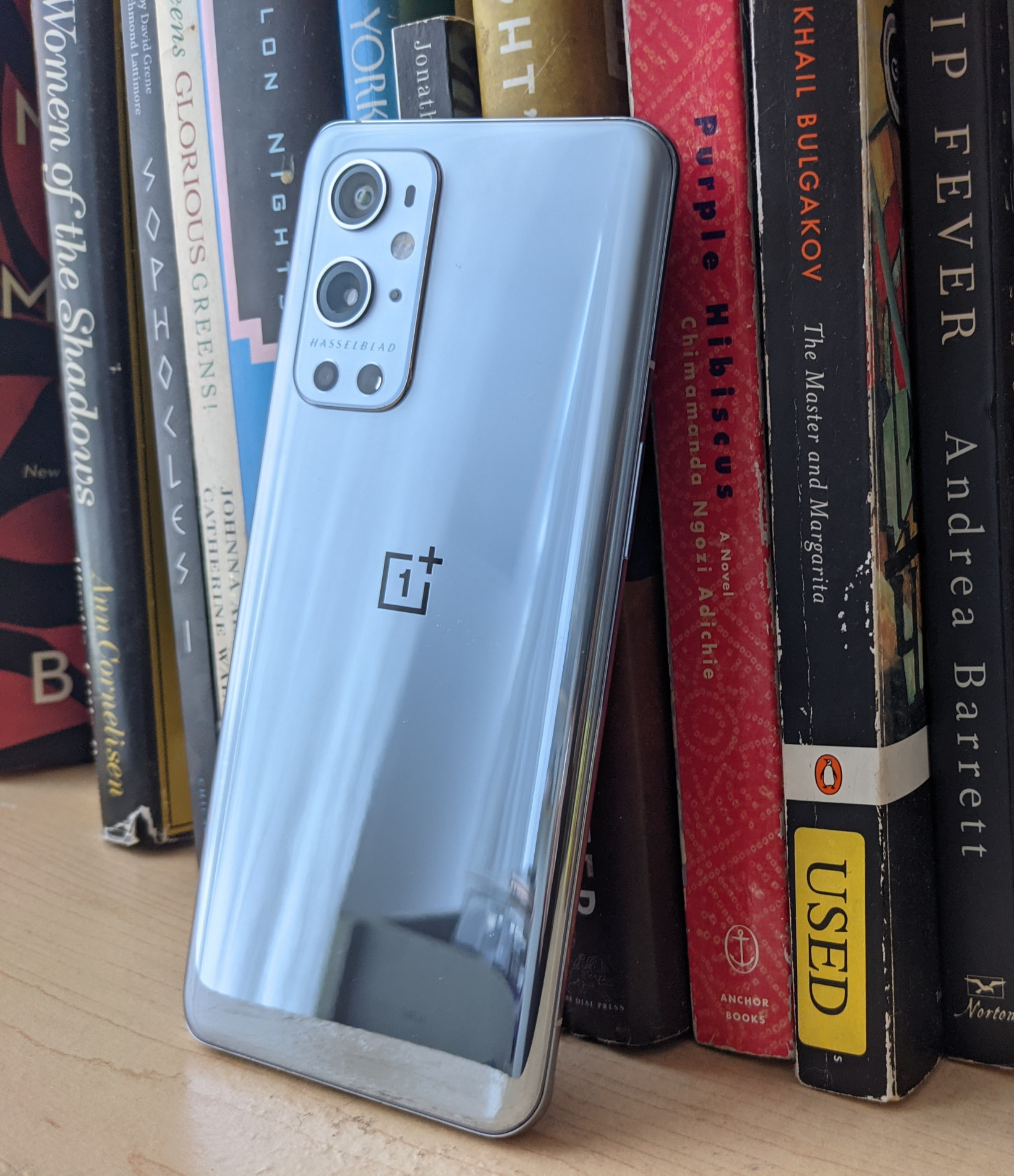
You likely have the company’s partnership with the medium-format camera experts at Hasselblad to thank for the improvements this year. The original announcement seemed underwhelming; I’d assumed the partnership was mostly a marketing move, as OnePlus said Hasselblad’s contributions primarily amounted to tweaking the colors and image processing. Custom hardware like lenses wouldn’t arrive until later years.
But then I realized: it is exactly color science and image processing that differentiate the great cameras from the good ones. Google and Apple are still considered to have some of the best cameras in the business, despite the fact that they use inferior camera sensors to most of their competition.
Likewise, it’s precisely image processing that give the OnePlus 9 and 9 Pro their edge — except they use the best in sensor technology too. The IMX789 in the OnePlus 9 Pro and IMX689 in the OnePlus 9 are top-notch sensors, larger than what you’ll find in most smartphones, at 1/1.43″ in size.
Some disclaimers: In case you can’t tell by now, this article focuses primarily on the camera. You can read up more on the phone’s specs here, and my full review will follow. But for now, I just want to talk about how good this shooter is.
Also note that the photos in this article are all taken with the 9 Pro, but you can expect similar results from the 9, which uses the same ultrawide and a similar primary sensor to the Pro. None of the images in this article are edited or even cropped in any way. They were shot using automatic settings, with the occasional tap to expose.
The first thing to stand out to me about the new phones was how they handled extreme high-contrast scenes. OnePlus consistently nailed the exposure and kept a massive amount of dynamic range.

In the above photo, despite my dog Ozzie being massively backlit by near-direct sunlight, the phone manages to keep details in the sky without crushing the shadows. It also does so while maintaining a pleasing amount of contrast, where previous OnePlus phones might’ve led to a more washed out image in order to maintain dynamic range.
Here’s another photo of Ozzie:

The camera nails the tricky golden-hour colors. Also note the impressively shallow depth of field without the need for portrait mode.

The camera also manages to handle skin tones well in this difficult lighting:


Time after time, the camera delivered punchy colors that were true to life:
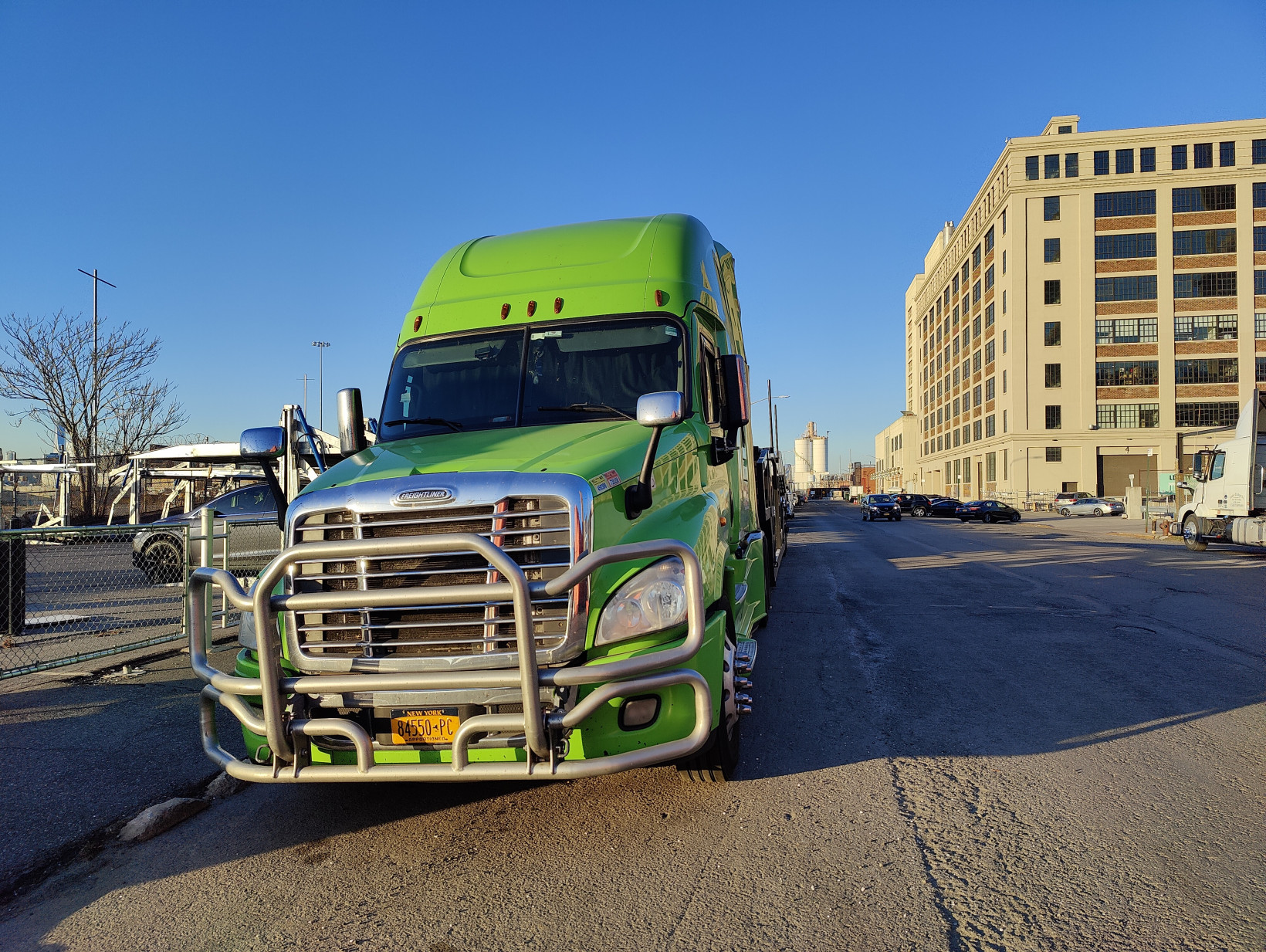
And the photos from the ultra-wide look just as good:
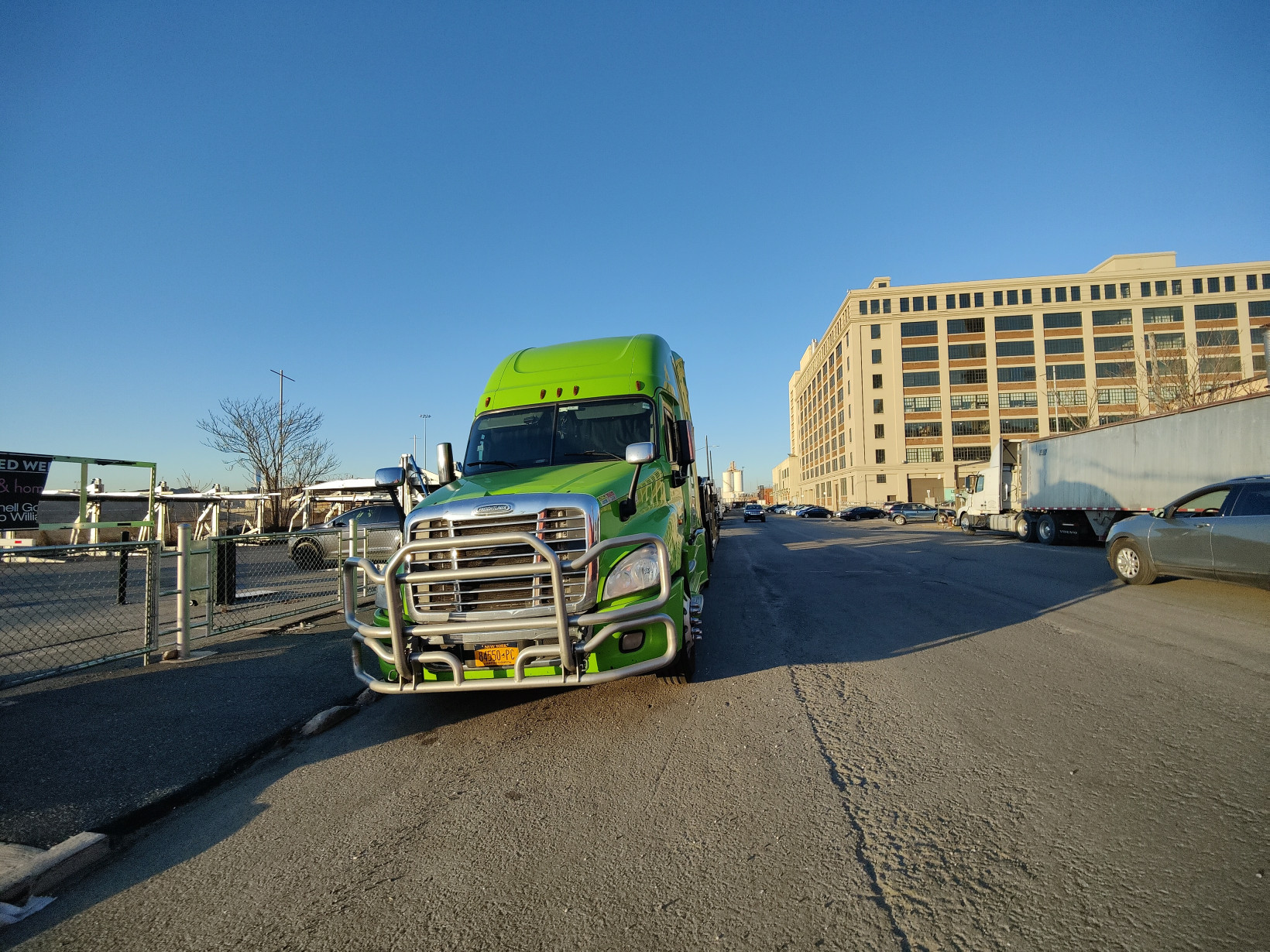
And another:

OnePlus implemented a special ‘freeform’ lens for the ultrawide that helps it minimize fish-eye distortion in the optics, rather than through post-processing, helping to maintain sharpness at the edges:

I’m a sucker for good blues, and the 9 Pro consistently delivered accurate but vibrant skies:

The skies were consistently just right:

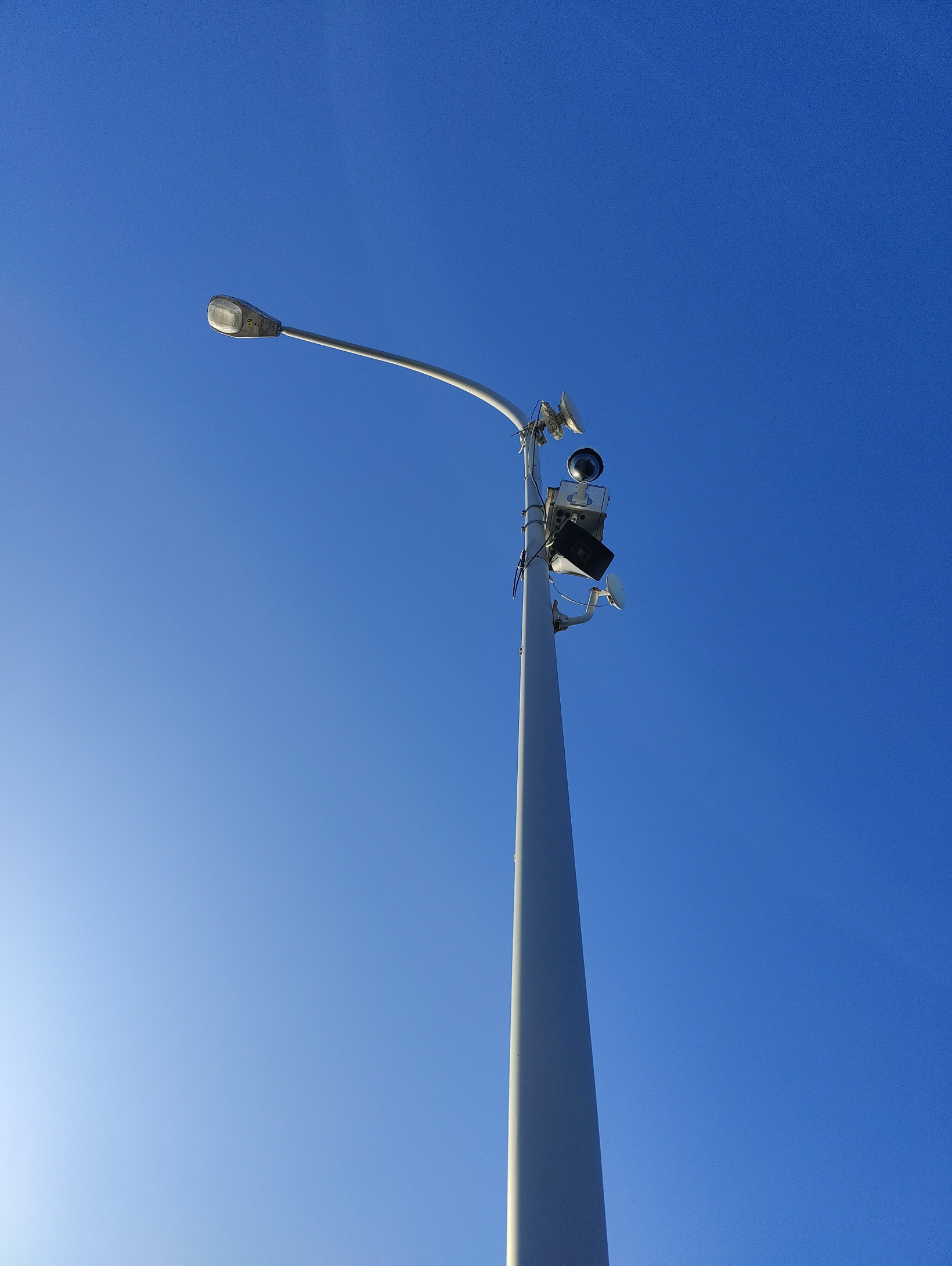
And did I mention those colors?
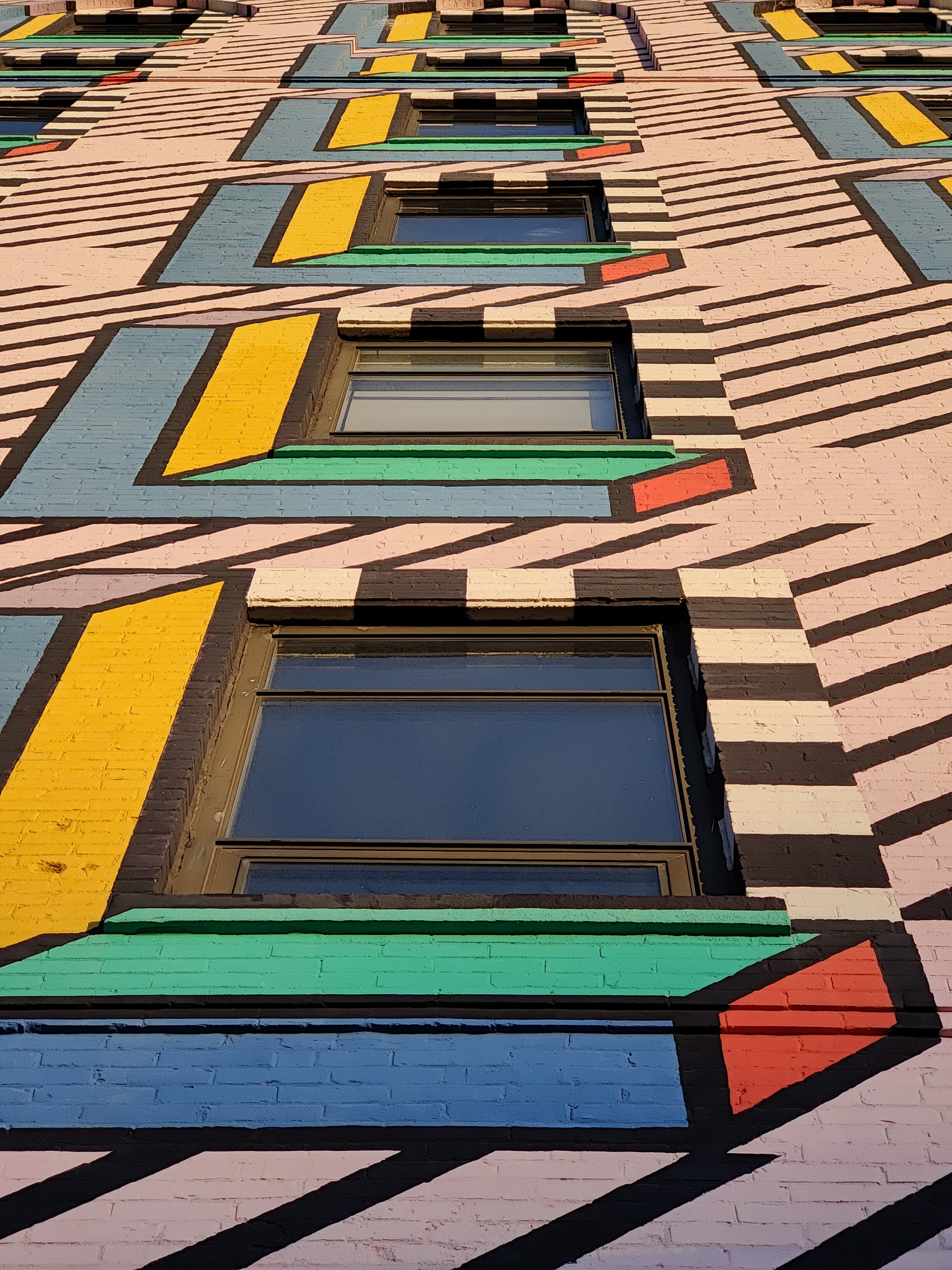


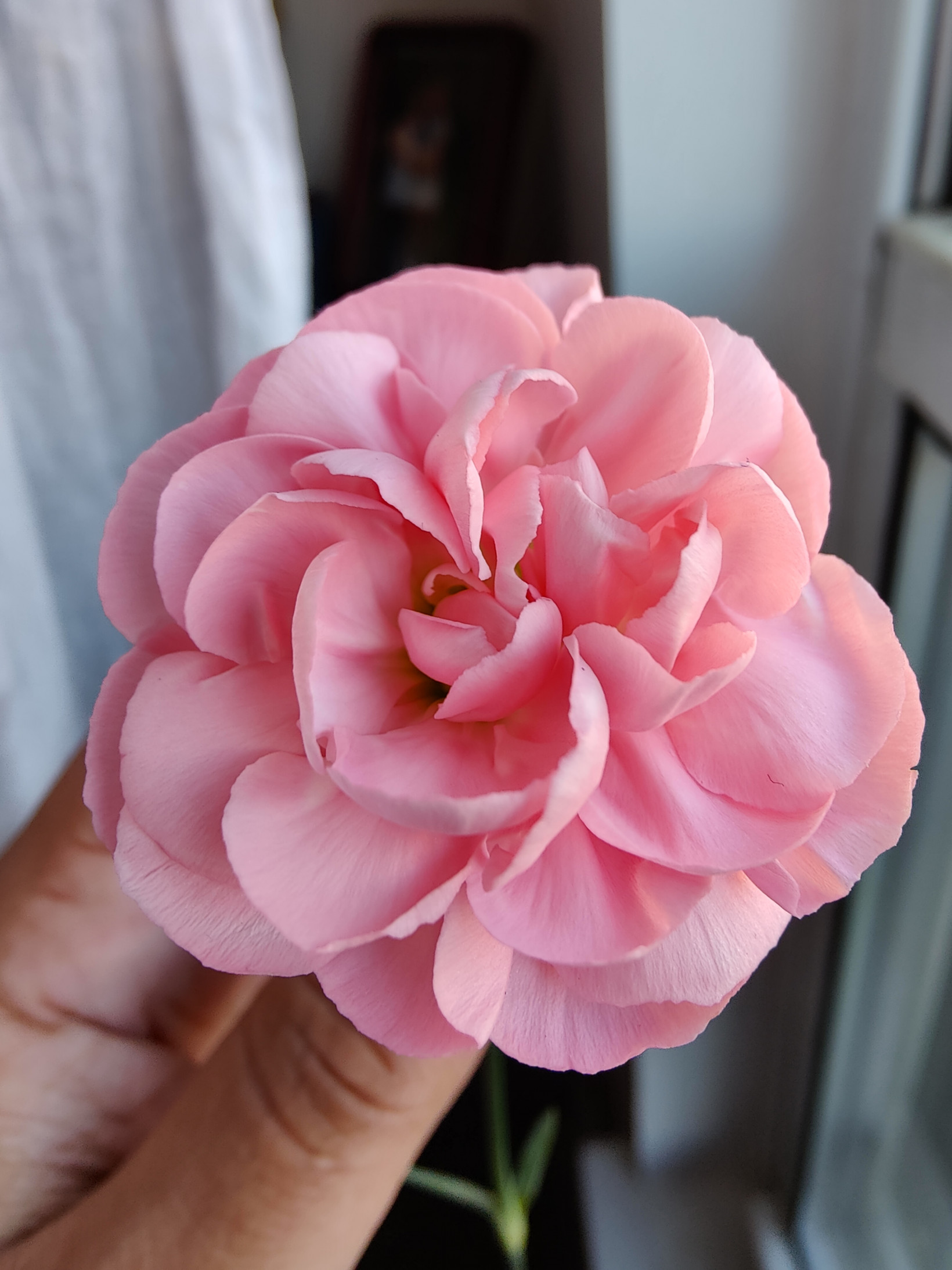
The images are sharp without being exaggeratedly so:
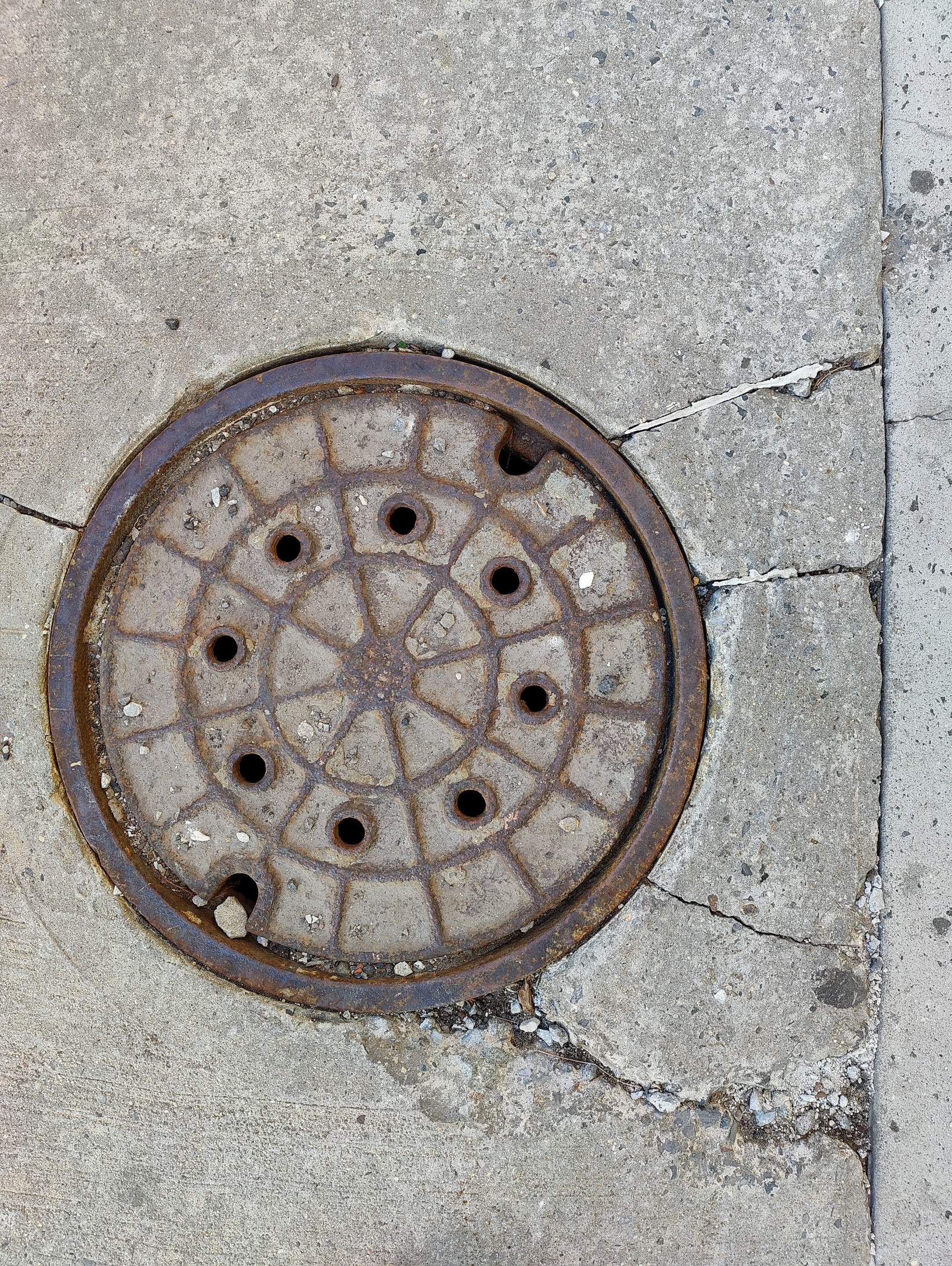
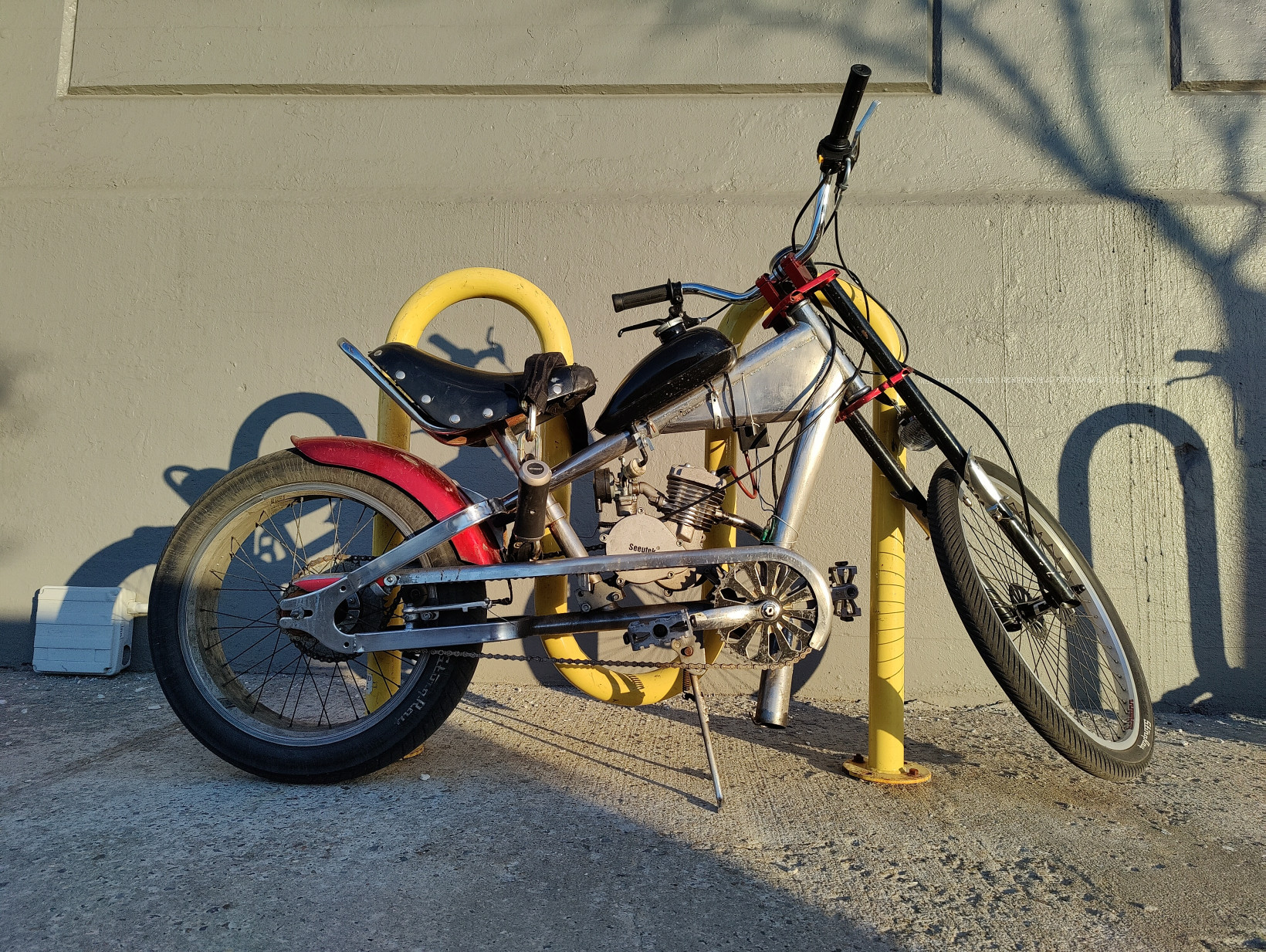
Even the telephoto camera, which I feel is a throwaway on most devices, takes some pretty sweet pictures:





OnePlus‘ Nightscape mode is also insanely good, no doubt aided by the massive sensor:
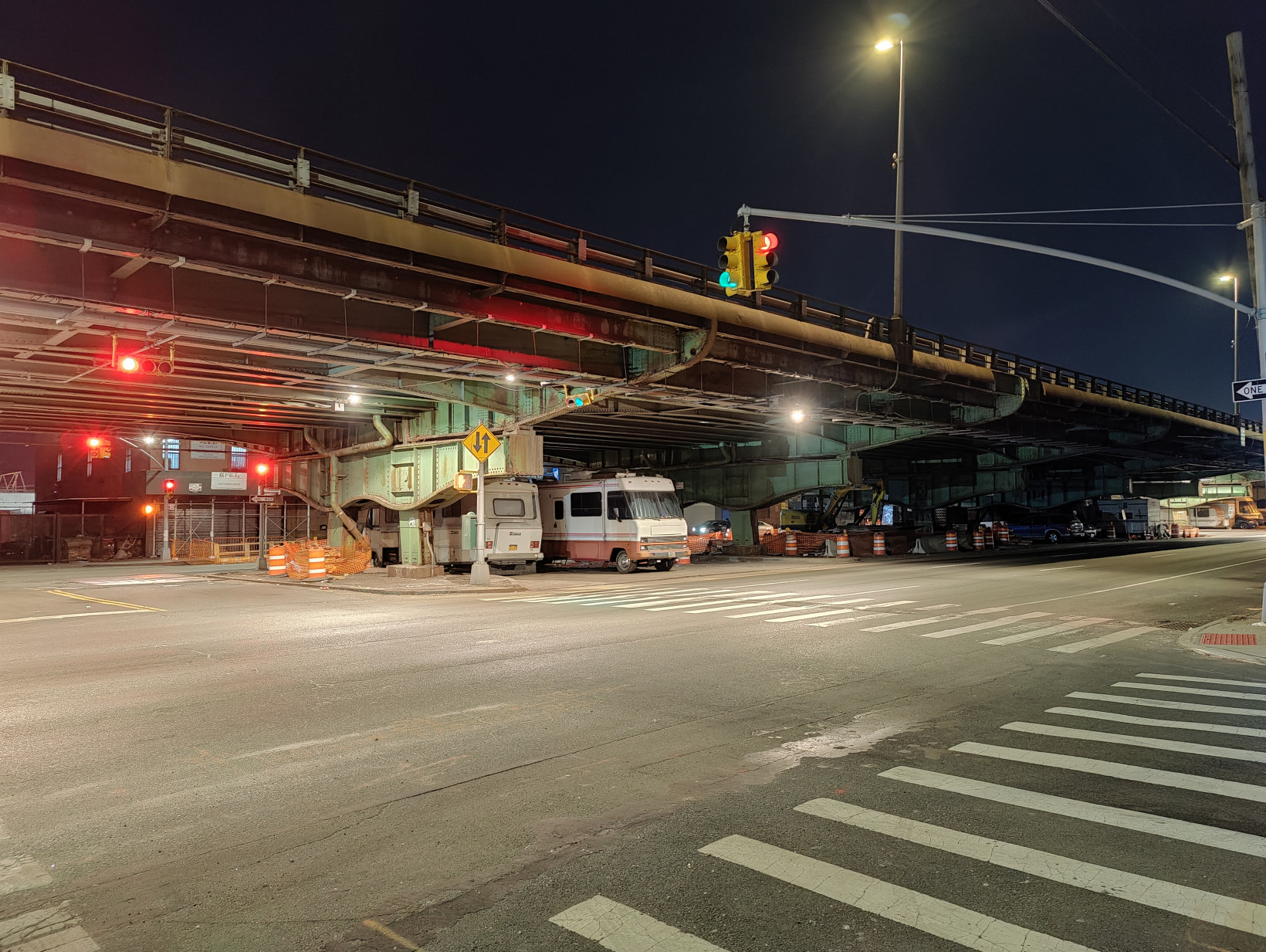
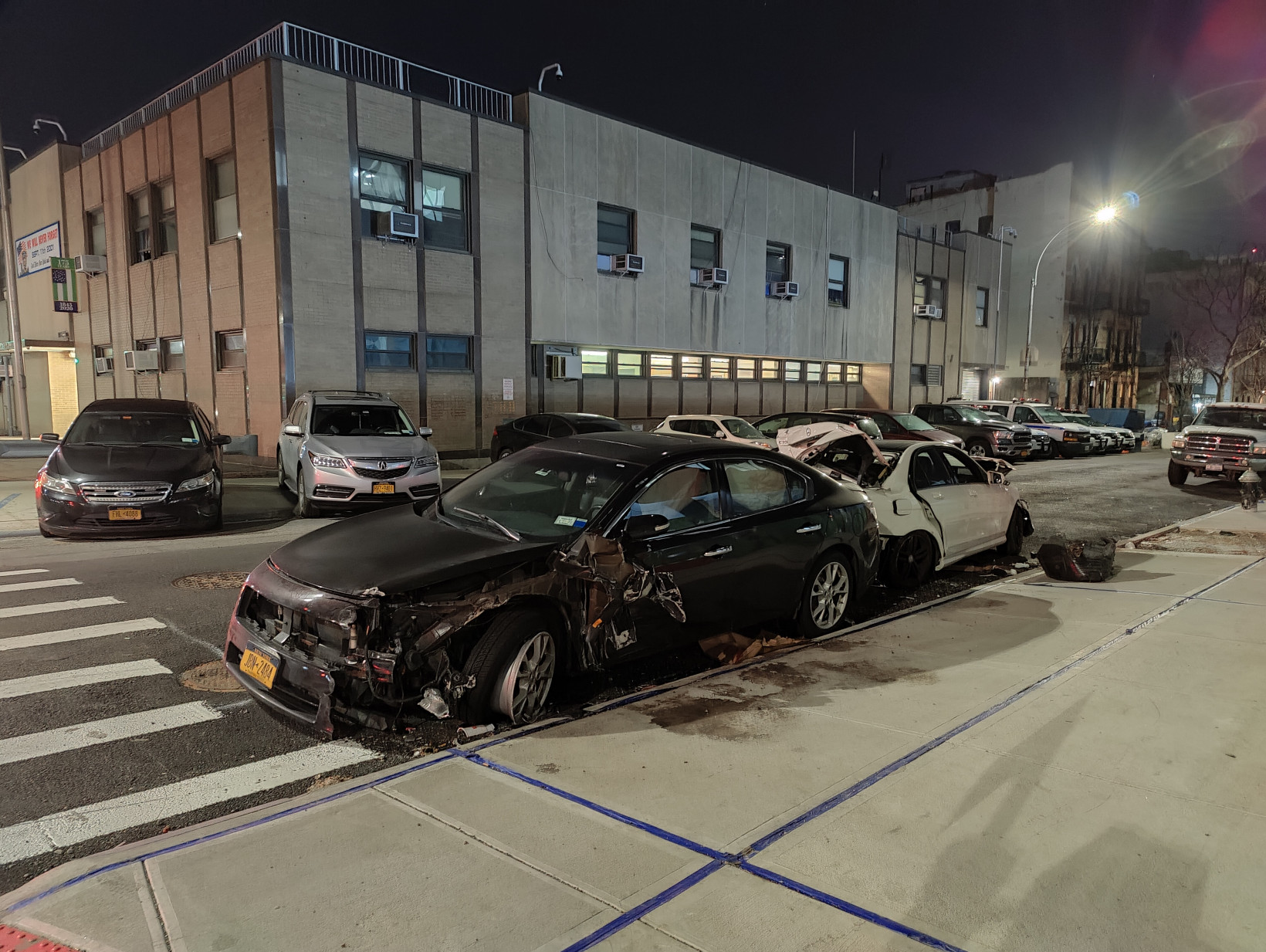

It’s not all perfect though. Unlike the Pixel 5, you need to remember to activate Nigh Scape manually. The 9 Pro can still take decent pictures otherwise, but they’re way behind what Night Scape is capable of:
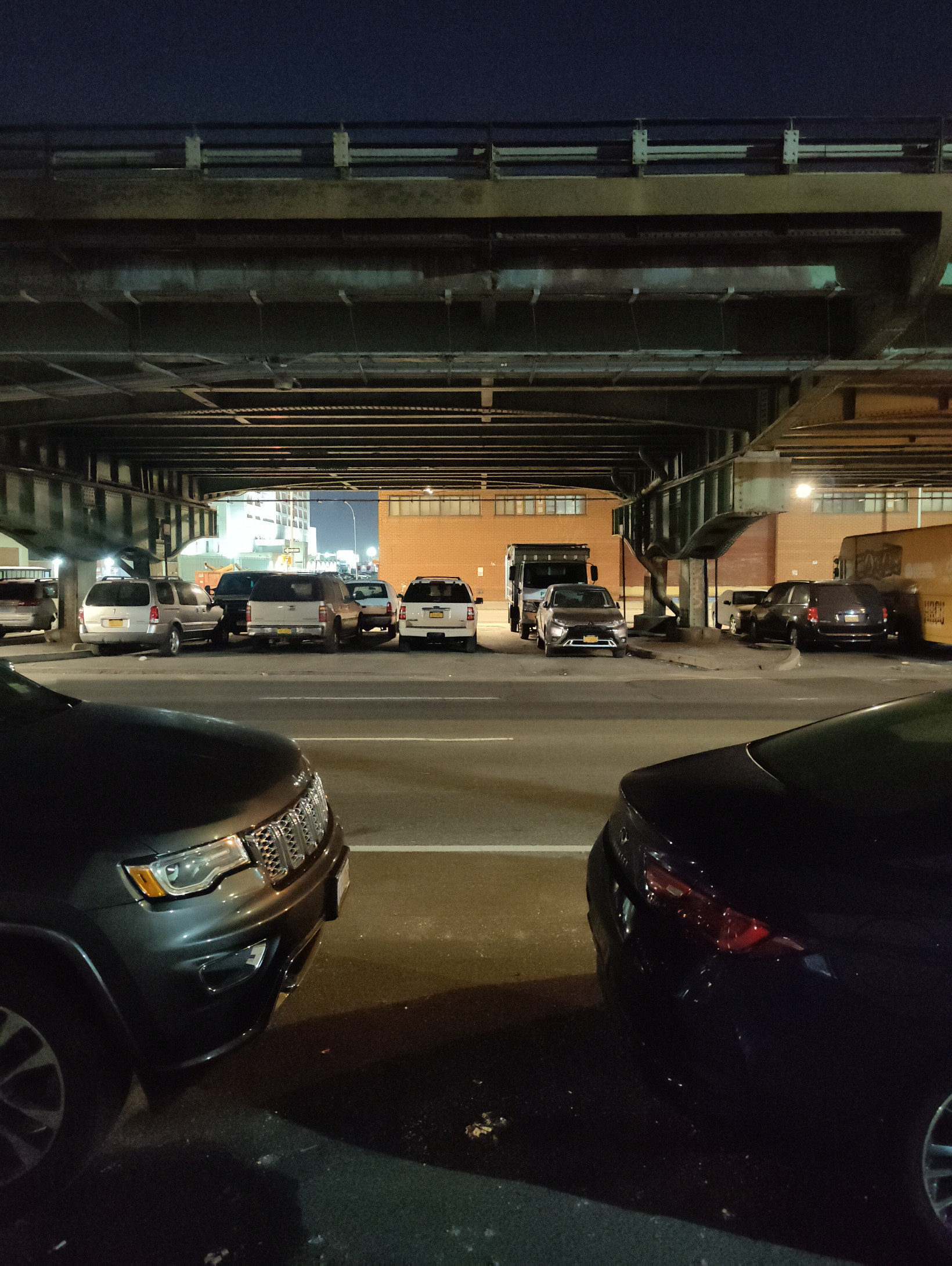
The selfie camera is also pretty good, but not particularly remarkable. The colors seem to be a step behind the main camera. For example, here’s the selfie camera (with portrait mode on):
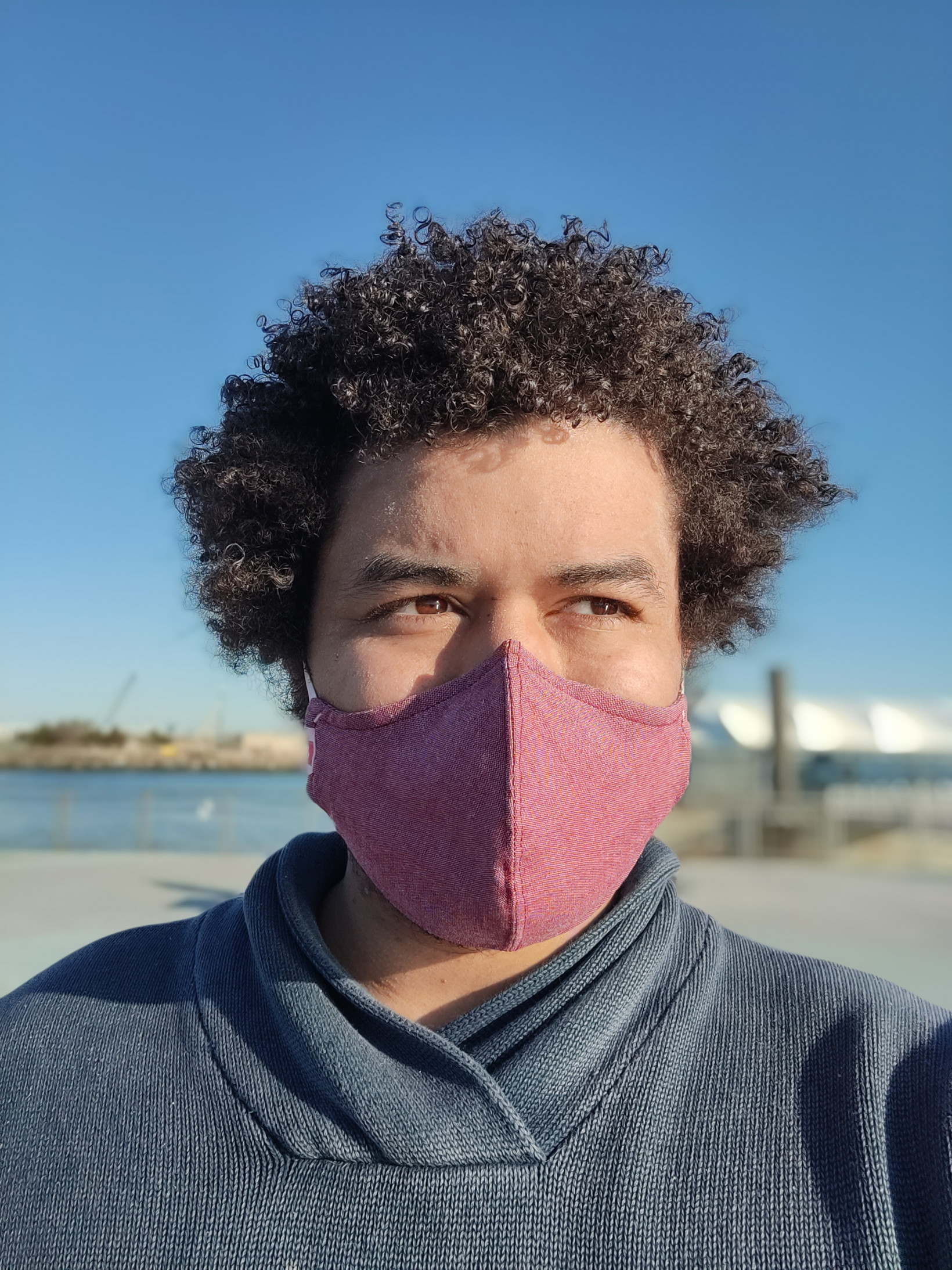
And here’s the main camera (with portrait mode off):
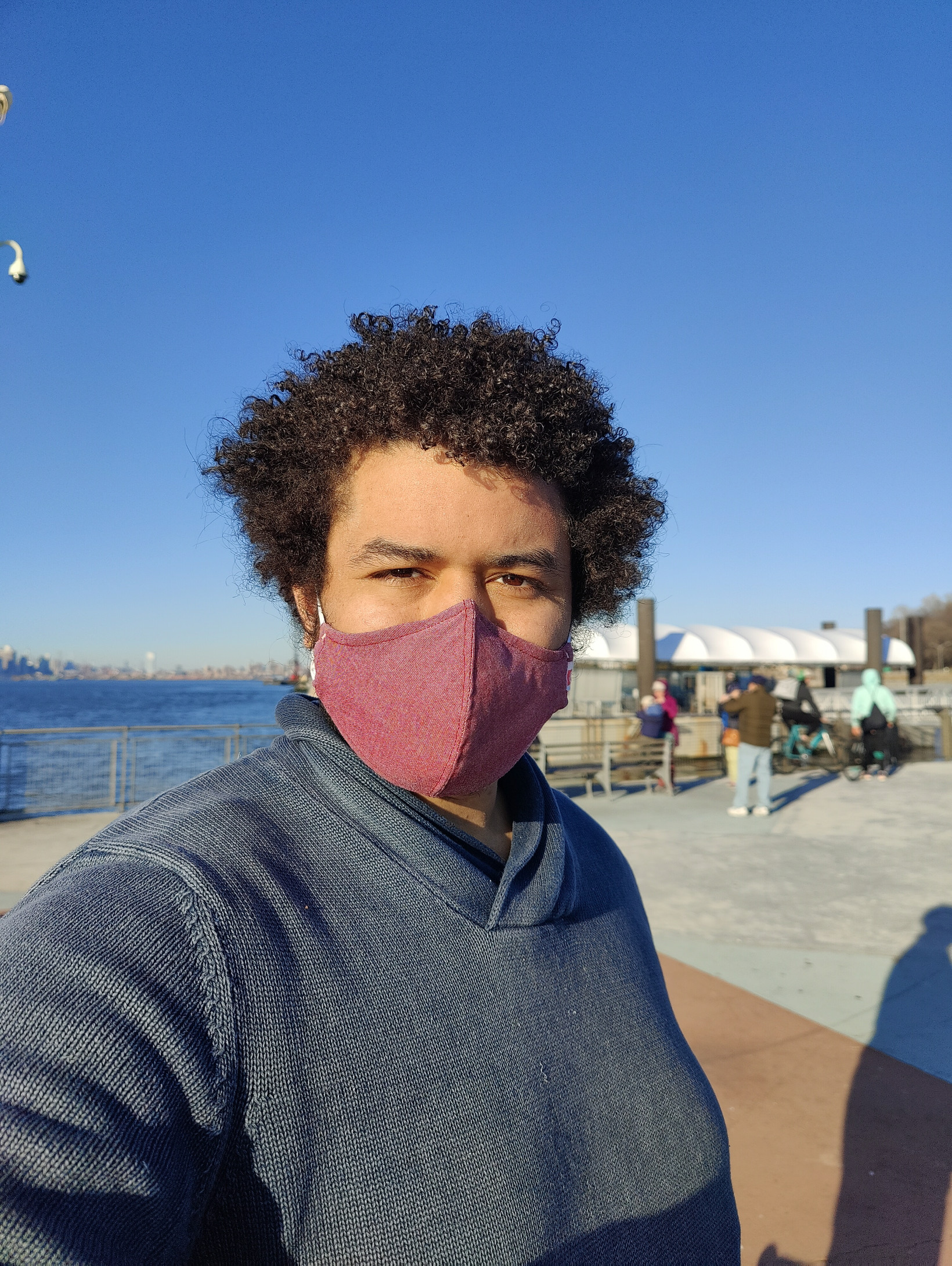
Aside from the general improved sharpness, the white balance, my skin tone, and sky hues are much more accurate on the primary camera.
Actually, the selfie camera reminds me a lot of OnePlus’ old color-grading, which always made me look a little whiter than I am, so I’m wondering how much input from Hasselblad there was for that sensor. The Pixel 5, by contrast, is significantly more consistent between its rear and selfie cameras.
Although the camera delivers punchy images, sometimes it leads to slightly crushed shadows:

The phone also has a tendency to give darker tones a blue tinge in some high-contrast scenarios:

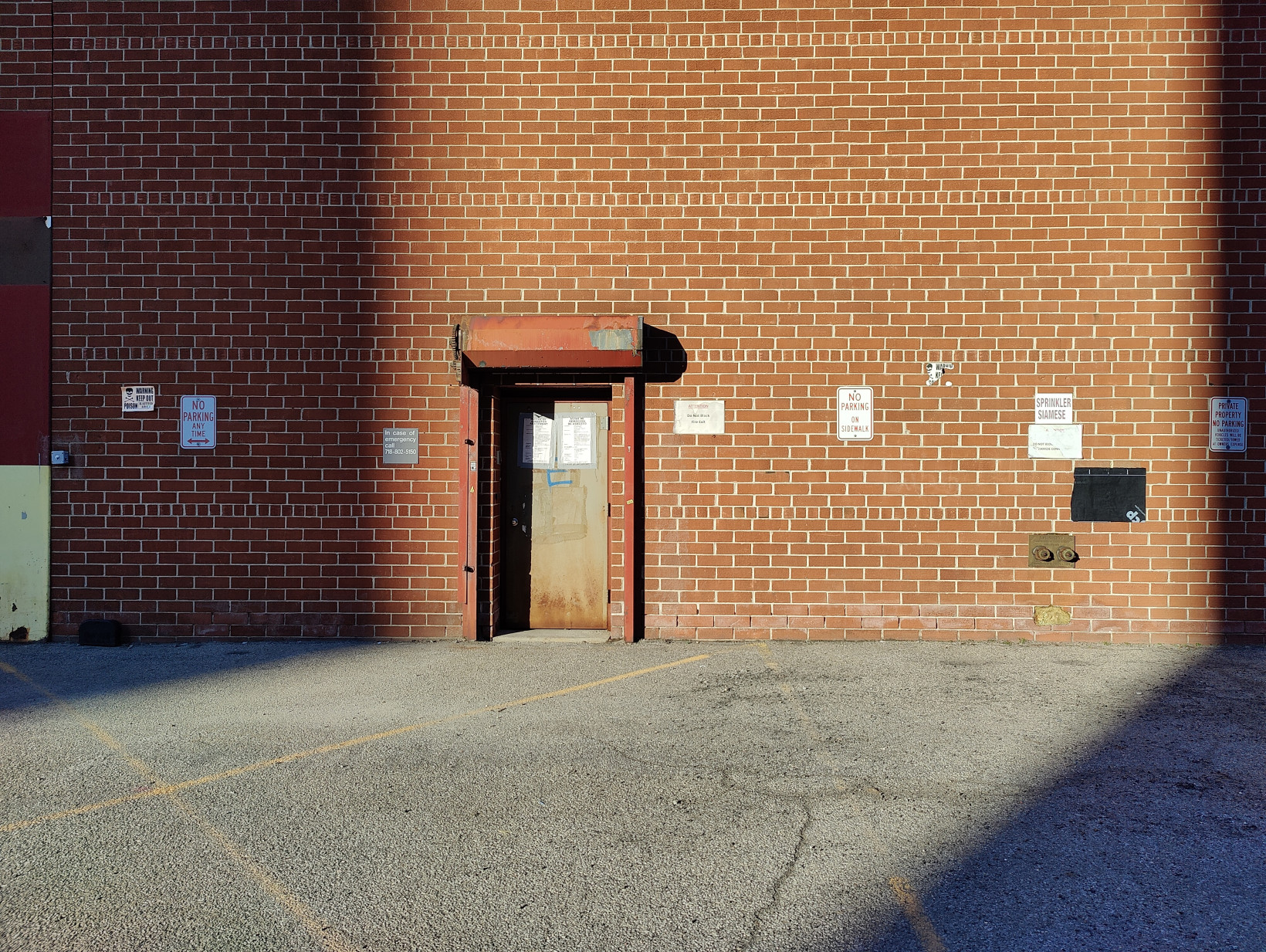
Lastly, I still think OnePlus still has work to do to improve the actual shooting experience.
- Again, Nightscape should work automatically.
- OnePlus revamped its ‘Pro’ mode to model it after Hasselblad cameras. But as far as I’m concerned, pro mode, even with RAW photography, is useless if it doesn’t include HDR processing like Google and Apple do. No amount of post-processing of a single RAW photo will make it look better than the typical jpeg shot in HDR.
- The camera disengages the tap-to-expose function far too quickly.
- Portrait mode is still a bit fiddlier than on some other devices, requiring subjects to be in a specific ‘depth effect’ zone.
- Not so much a criticism as something that I miss from the Pixel 5, but I wish I could adjust the highlight and shadow exposure separately.
But that’s nitpicking. The OnePlus 9 Pro takes the best straight-out-of-camera photos of any phone I’ve used to date, and what you don’t see from the above photos is just how consistent the phone is at taking great pictures. Any phone can take a great photo with careful composition, exposure, and editing but the OnePlus 9 Pro makes it so you don’t have to work so hard for them.
I do still prefer the Pixel 5’s camera app and shooting experience, but the OnePlus 9 Pro may have just won me over with sheer image quality. Your move, Google.
Did you know we have a newsletter all about consumer tech? It’s called Plugged In –
and you can subscribe to it right here.
Published March 23, 2021 — 16:22 UTC
If you liked the article, do not forget to share it with your friends. Follow us on Google News too, click on the star and choose us from your favorites.
For forums sites go to Forum.BuradaBiliyorum.Com
If you want to read more like this article, you can visit our Technology category.
